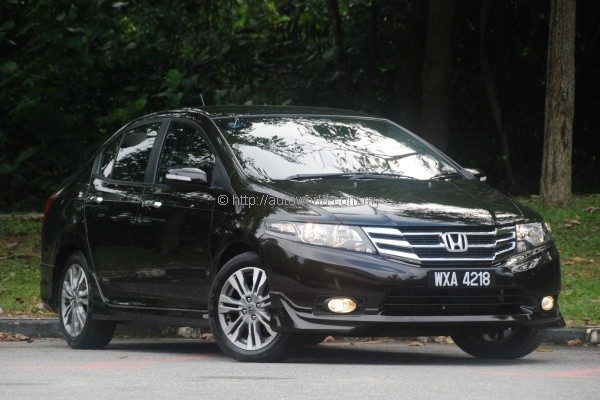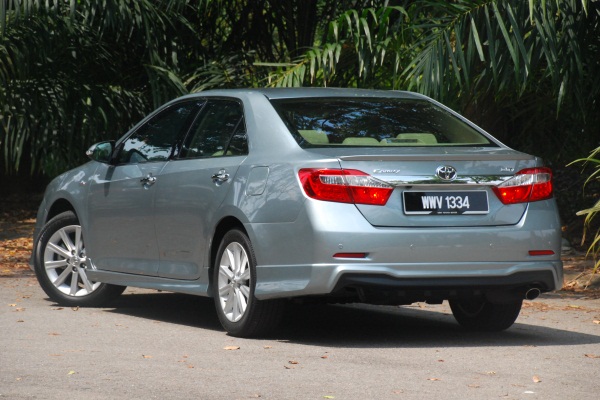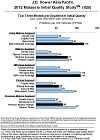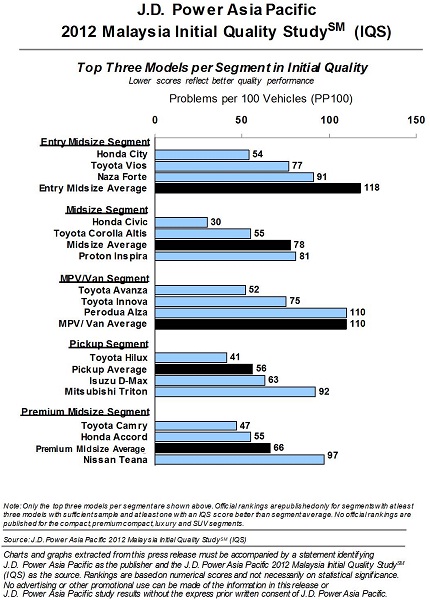J.D. Power IQS 2012 – Overall new vehicle quality in Malaysia improved
Results of the J.D. Power Asia Pacific 2012 Malaysia Initial Quality Study (IQS) have been released, and the firm’s analysts have found that overall new-vehicle initial quality in the country has enjoyed a third successive year of improvement. Now in its 10th year, the IQS surveys quality of new vehicles within the first six months of ownership.
The study measures 228 problem symptoms covering eight vehicle components: vehicle exterior; driving experience; features/controls/displays; audio/entertainment/navigation; seats; HVAC; vehicle interior; and engine/transmission. All problems are summarized as the number of problems reported per 100 vehicles (PP100). Sample size for this year’s study, which took place between February and July 2012, was 2,971 vehicle owners covering 55 different models from 16 brands.
Overall initial quality in Malaysia averaged 111 PP100 in 2012, an improvement from 124 PP100 in 2011 and 147 PP100 in 2010. Initial quality has improved from 2011 in six categories, namely vehicle exterior; driving experience; audio/entertainment/navigation; HVAC; vehicle interior; and engine/transmission. Biggest improvements have occurred in the engine/transmission category.
The most frequently cited problems among new-vehicle owners include excessive wind noise; noisy brakes; engine loses power when air conditioning is on; excessive fuel consumption; and difficulties opening or closing rear side doors. The top four problems are consistent with those cited in the 2011 study. The problem of the rear side doors difficult to open or close, which is new to the top five, was particularly prevalent among compact and entry midsize cars.
From our experience testing cars, the subject of wind noise and fuel consumption, even if they are perceptible qualities, are also dependent on expectations. Not many cars we have tested in recent times can fully tackle wind noise, and it is especially prevalent in most cars at the A-pillar. Engine losing power with air-conditioning is normal, and might not even be surprising if the driver switches the air-con to full blast. Noisy brakes and difficulties in opening and closing of doors, however, must be checked upon.
The perception of poor quality is sometimes borne of ignorance, i.e. the owner does not know how to properly operate certain features. This is a reality of modern motoring, where cars get increasingly sophisticated. In fact, there were times when our unfamiliarity with the way certain features in our test cars resulted in negative first impressions. As such, one remarkable finding of the IQS is that new-vehicle owners whose salesperson demonstrated the vehicle’s features during the test drive report fewer initial quality problems than do those whose salesperson did not demonstrate the features (92 PP100 vs. 128 PP100, respectively).
Models evaluated in the study were divided to five segments – Entry Midsize Segment, Midsize Segment, MPV/Van Segment, Pickup Segment, and Premium Mid-Size Segment. As usual, Toyota and Honda models are dominant players in each segment, both brands accounting for all five segment awards – three for Toyota and two for Honda. In fact, other than the pick-up segment, the top two of all segments are dominated by Honda and Toyota as well, and that’s probably because Honda doesn’t have a pick-up!
The top three models for each of the five segments are shown below together with their scores relative to the industry average:
 |































